Smithology: Notes from the sour middle of the value sandwich

It was a $24,000 car with no sound insulation. In the wrong color. The woman who bought it new drove it every day. The dealer brushed her off, wouldn’t let her test-drive it, and then she came back with the cash, Hi, Screw You, Don’t Judge a Book by the Cover.
Neat lady. Emails occasionally, lives in Kansas City. She writes charming little notes to ask how the car is doing, share stories from its past. I like her.
Everyone wants their Acura Integra Type R in Championship White. Richie Ginther’s F1 cars were white. Not the same shade, but it doesn’t matter. Yellow, they say, nice, but the WRONG color, you know? Everyone also says you want a ’97, the first American model year. Duffman says a lot of things! I just wanted a good one with a story.

I was 16 in 1997, in love with anything ridiculous and fun. What fits that mold if not a reclothed and horrendously expensive Honda Civic, stripped of comfort but sold in a luxury brand’s dealers, with piston speeds straight out of F1 and genius suspension tuning? Exotic pets like this aren’t supposed to see American dealers, because Yankees never buy that sort of thing. And relatively speaking, we didn’t buy this one, either. Scuttlebutt held that American Honda lost money on every ITR sold, yet the company still blew money on road racing the thing, kept the model loitering in showrooms for years. All to make Acura look good. Bless the true believers.
I bought the car from a friend, who had in turn bought it from Mrs. Kansas City. The ownership experience has been wonderfully low-key. You rip down the road, backing into corners under a blanket of VTEC induction blat, and every great once in a while, the car asks for a Honda part.
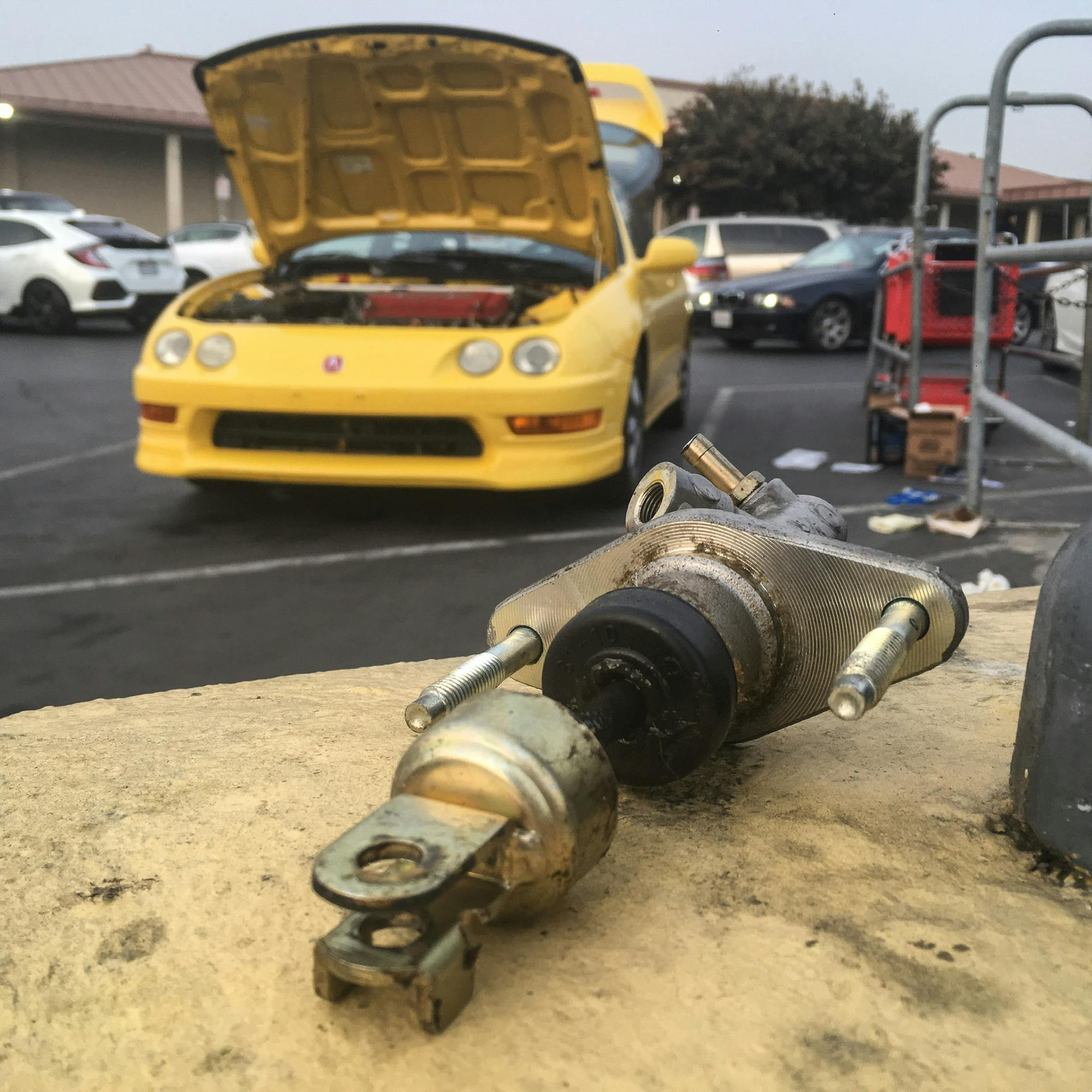
Honda parts are Honda parts, which is to say, cheap and only slightly less durable than Toyota parts, which are only slightly less durable than rocks. Two years ago, with 125,000 miles on the clock, during a trip from Seattle to Los Angeles, the original clutch master cylinder began puking fluid. I installed the $30 parts-store replacement in ten minutes in the parking lot of an Oakland strip mall. The west coast was blanketed in forest-fire smoke that fall, trees littered with ash, and I was tear-assing down the back roads of the western seaboard in the light of a blazing yellow star, only you couldn’t see the sun. Next to the drop in blood pressure, thirty dollars and a few gallons of gas might as well have been free.
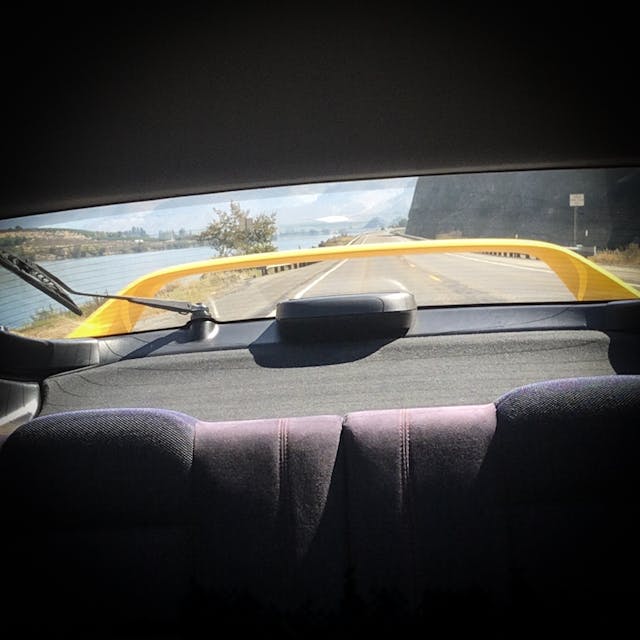
I think on that drive a lot lately, mostly because it has nothing to do with the Acura’s current value. The exact figure is immaterial save its being more than I paid. When you consider selling a car you love, you’re not supposed to think about money. Cars are horrible investments anyway. Buy a thing to drive a thing. Returns are for real estate or the stock market.
And yet.
Certain memories do to your head what a black hole does to the fabric of space. My wake-up in these matters came with the E30-chassis BMW M3. The original M3, the four-cylinder homologation special built from 1988–1991. Imagine a rear-drive Integra Type R drawn up by Germans, more comfortable but also long overlooked outside a faithful cult. Beginning almost 20 years ago, I owned three such M3s, one after the other. At the time, you could find a driveable ratbox example for seven grand and a garage-queen creampuff for less than a new Camry.
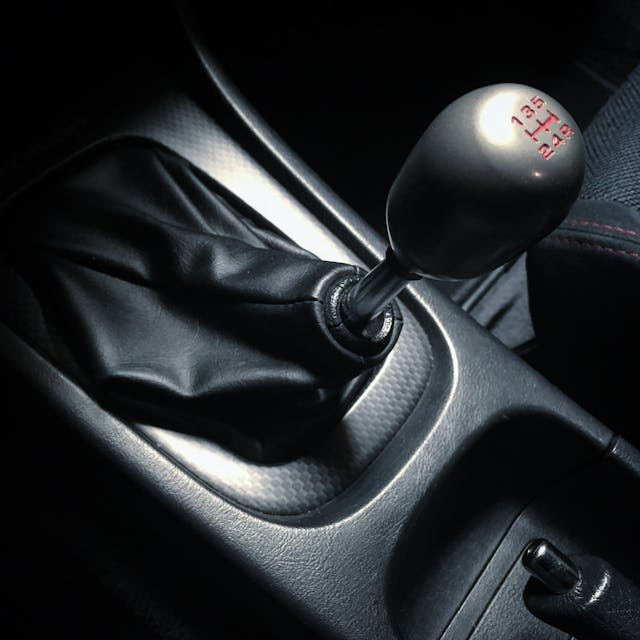
Another end to a long aim. My father is an old-BMW nerd. Newborn me came home from the hospital in a 3.0Si, essentially a fuel-injected Bavaria. Mom and Dad bought a 2002 new in 1976. In the year 2002—no small coincidence—a mechanic friend in Chicago pointed me at the passenger seat of his ’88 M3 and hucked the car into an on-ramp at full honk. My cortex met vapor lock. A handful of weeks later, I had sold my daily driver and cashed out a small savings account. The diamond-black ’88 that followed saw immediate duty—daily driving and track days; street parking (it was all I had); repairs done in the alley behind my apartment (ditto) before work or after all-night rips across the Midwest to see a girl or some apex.
Priorities change. Maybe it’s the German thing, but white and silver had always seemed like the colors. (I contain multitudes, as Whitman said.) I sold that first M3 to buy a second in silver, and a few years after that, I sold the second to buy a third. Each transaction took place between ten and fifteen grand. The third M3, a particularly nice white ’89, was the exception. That one arrived in the usual window but stuck around longer. When I finally bit the bullet and sold, knowing I’d have regrets, the car brought $35,000.
The number left me lightly shocked. All raised eyebrows and I guess this is the market now?
A tiny voice in my head suggested that a door had closed. I ignored that voice, stubbornly optimistic, but there was indeed a door, or at least a door for a man with my funding. In 2014, in Bring a Trailer’s first auction, the white car sold for $58,000. People said the sale helped crack open the market. A few years later, that exact car was offered again, privately, for six figures.
I never feel quite human in those moments, never know what to say. I just like driving the damn things.

A brief illustration with absurd variables: Let’s say you own a small but treasured heirloom trinket. It is worth five cents. This object will continue to be worth five cents, inflation-adjusted, from now until the earth falls into the sun. Imagine the sort of persuasion that would be required for you to sell this object. Now flip the situation and pretend that this same object—same emotional attachment—has, in the space of one miraculous moment, attained monetary value paralleling the contents of Fort Knox. One decision on your part, one quick sale, and a host of possibilities unfold, changing your life.
Much less persuasion.
Now consider the middle ground, where the object is neither valueless nor possessed of life-changing worth, just stuck in the middle of the sandwich. Perhaps appreciating. Variables in the rest of your life become more important, right?
You know that quiet feeling you get when you know what you have to do, even if you don’t like it?
The rest of your life is always the sticky part.
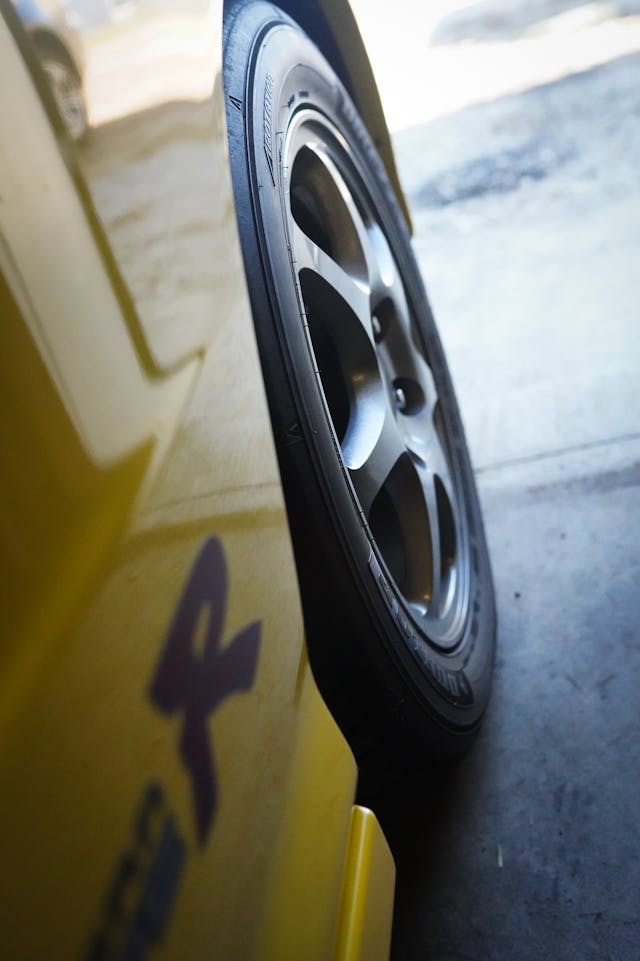
Budget is immaterial. There are windows in time where your purchasing ability aligns with supply and demand. The details vary from janitor to oligarch, Matchbox cars to private jets, but the thought process is the same: Can I? If I can, should I? Is my household at the point where X amount of money tied up in Object Y is anything like smart?
I once met a McLaren F1 owner who said, on his pride and joy, “Man, when it was only worth $4 million, I could actually use the damn thing. Now that it’s worth $15 million …”
If you’re working in a costly and emotionally charged hobby market, what is the meaning of smart? How much does your view of a possession change when it shifts to represent a substantial part of your net worth? The devil’s-advocate voice, the one that doesn’t have to reconcile a bank balance with family needs, says, “You already bought it. Who cares how much money is tied up?”
Except sometimes, you have to.
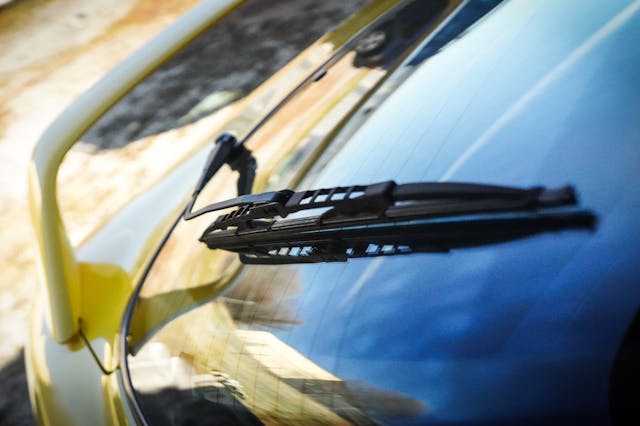
If nothing else mattered, if the sun rose and set over that garage, if I had saved and invested more as a younger man instead of living a slightly freewheeling, shoot-from-the-hip existence … If I didn’t have kids or a mortgage or a life outside cars, if I didn’t look at that parking space and find myself occasionally wondering just how much driving is enough to justify a machine that keeps cash from other, more pressing needs …
Well, you know: It would be different.
In that strange little imaginary alternate universe that is not at all what I want, I would be able to have one thing that I do want: a lightly appreciating Acura, hung onto indefinitely, treated like a kind of north star. To have and to hold a special little Civic, death do us part. Out of the 50 or so cars that have cycled through my garages and parking spots over the years, it means more than most.
None of this should be read as complaint. It’s the nature of getting older, I think, of realizing that you cannot be the person you once were, no matter how much the ingredients seem on the table. The key is to count yourself lucky to have had a few minutes in any given room. Especially if that room holds, for example, one of the greatest front-drive cars anyone has ever built.

A 2001 Acura Integra Type R. Eighty-four-hundred rpm, 195 hp.
So many things we had yet to do.
I wish it wasn’t time to go.
I think it is time to go.

